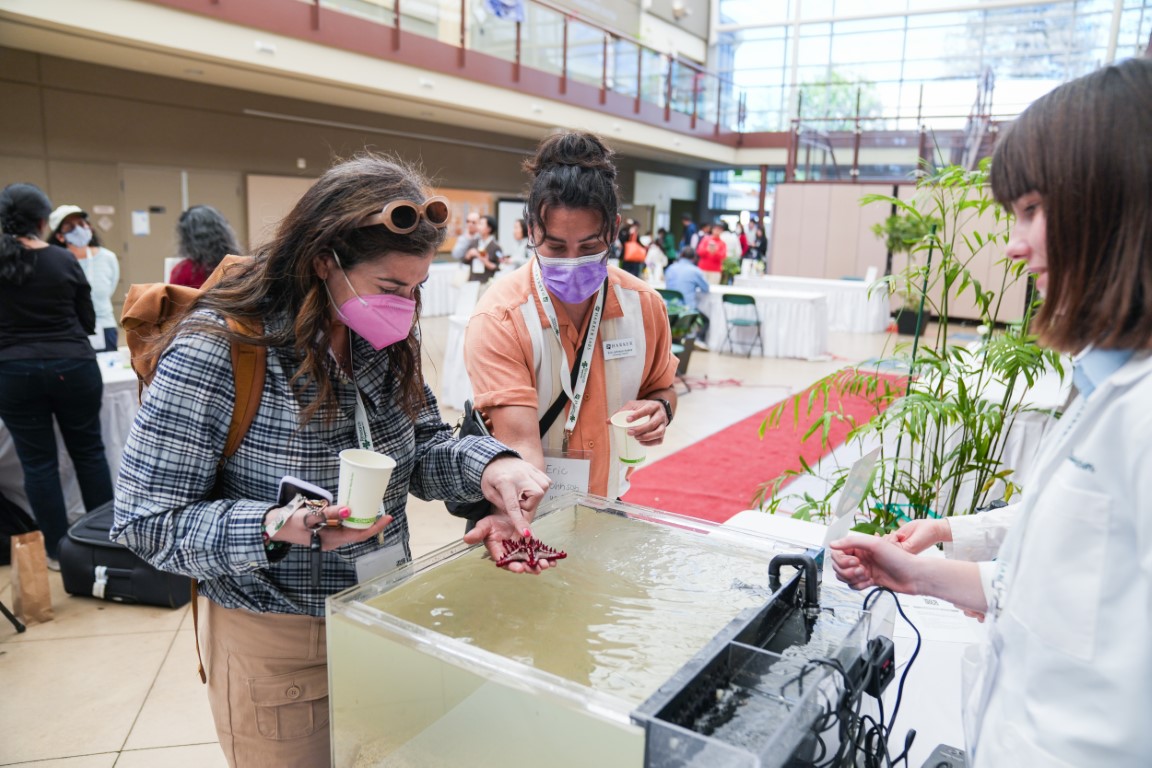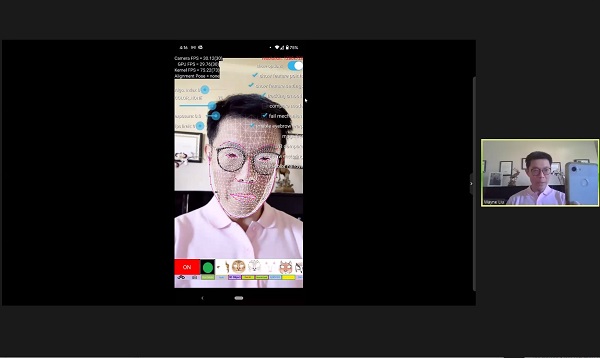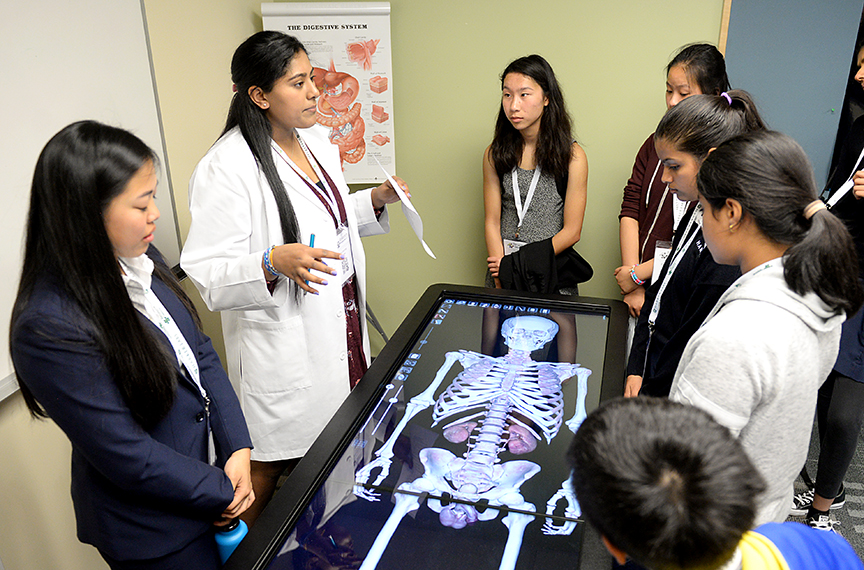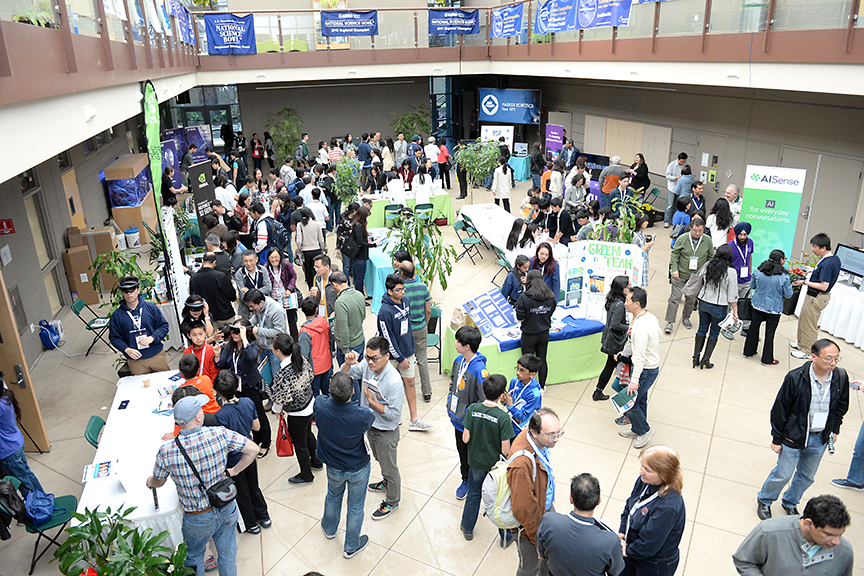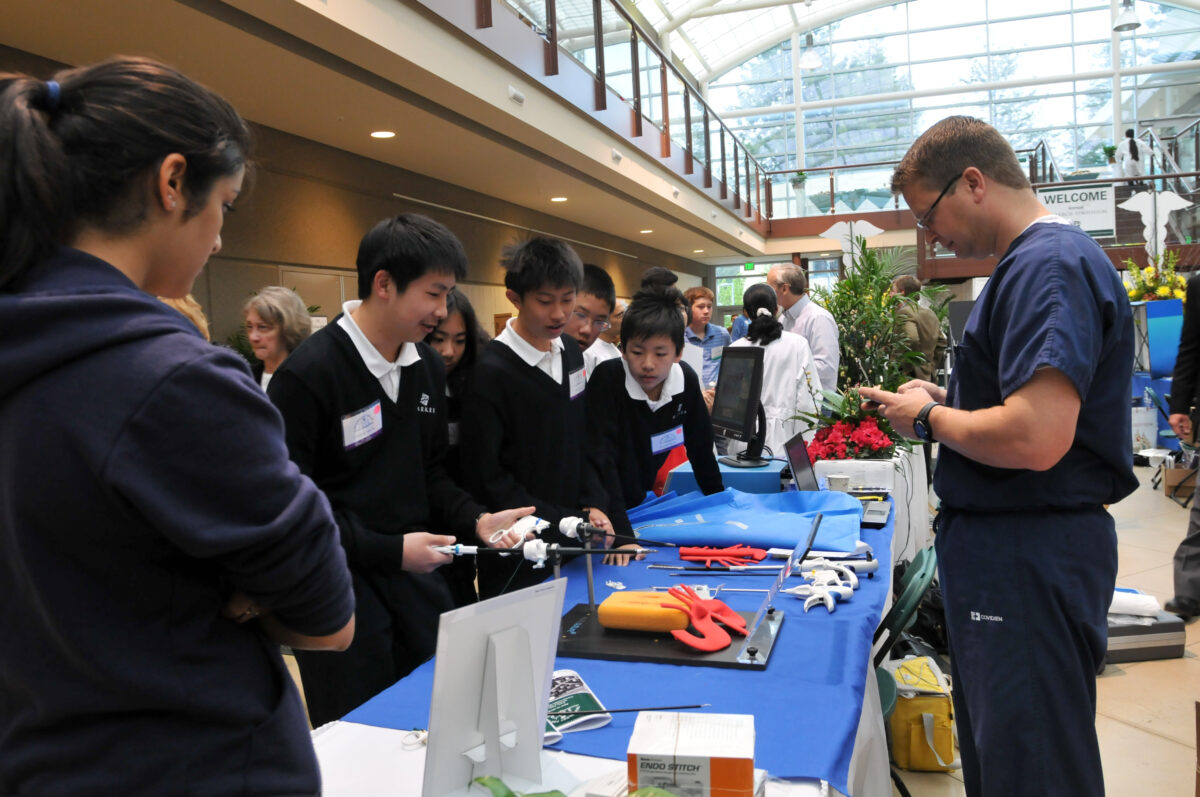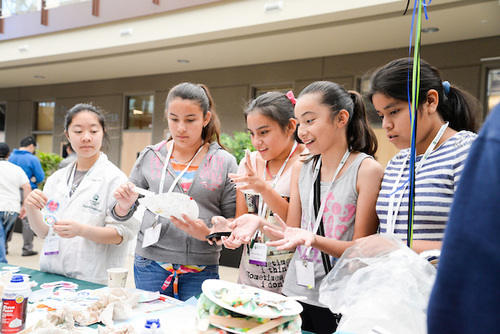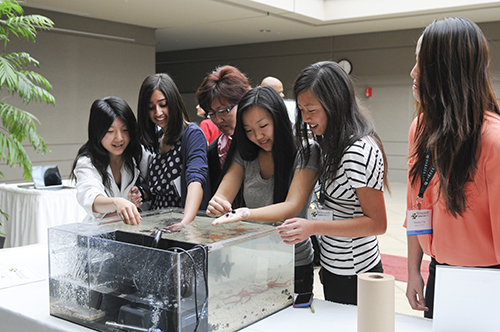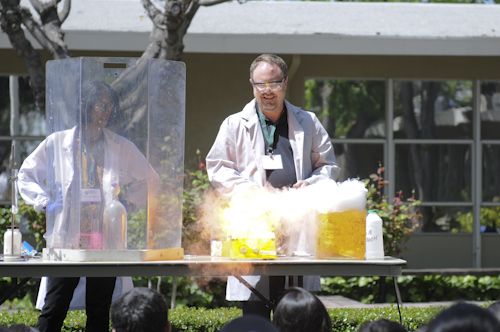The 17th Harker Research Symposium on April 15 brought hundreds from the Harker community to the upper school campus to view student research, hear from fascinating speakers, explore a variety of booths and exhibits and more.
Research Symposium
Research Symposium goes online for 15th anniversary
From April 9-10, Harker hosted the 15th annual Research Symposium, inviting the Harker community to experience the breadth of its research opportunities by viewing student presentations and hearing keynote speakers deliver fascinating talks.
Harker Research Symposium attracts 800 science enthusiasts
In one of its best-attended years to date, the Harker Research Symposium attracted about 800 visitors from across the Harker community to recognize the school’s dedication to the sciences and encourage sustainable lifestyles and policies.
Harker community explores the burgeoning field of artificial intelligence at 2018 Research Symposium
The 13th annual Harker Research Symposium, held Saturday at the upper school campus, drew more than 700 people from the Harker community to learn more about “The Artificial Intelligence Revolution” – this year’s theme – and see the work of Harker student researchers.
2017 Research Symposium explores the minds of machines
Update: Here is the playlist of videos of speakers at the Harker Research Symposium. Topics ranged from AI to VR/ML to rockets! Students who…
Harker Research Symposium Begins Second Decade with Excitement
This article originally appeared in the spring 2016 Harker Quarterly. As the Harker Research Symposium enters its second decade, a day of exciting talks, speakers…
Tenth Annual Harker Research Symposium Shines
By Heather Rock Woods This article originally appeared in the summer 2015 Harker Quarterly. The community of researchers that Harker started building with its…
Harker Community Celebrates a Decade of Dedication at 10th Annual Research Symposium
By Zach Jones and Heather Woods The Harker Research Symposium celebrated its 10th year on April 11, as people from across the Harker community…
Research Symposium Attracts Silicon Valley Exhibitors; Keynote Speaker Salman Khan
On Saturday, March 29, at the upper school campus, The Harker School’s science department and the student WiSTEM Club (Women in Science, Technology, Engineering…
Student Researchers and Guest Speakers Take the Spotlight at Research Symposium
Harker’s eighth annual Research Symposium drew more than 400 attendees, who marveled at the many exhibits, student presentations, breakout sessions and guest speakers that…
